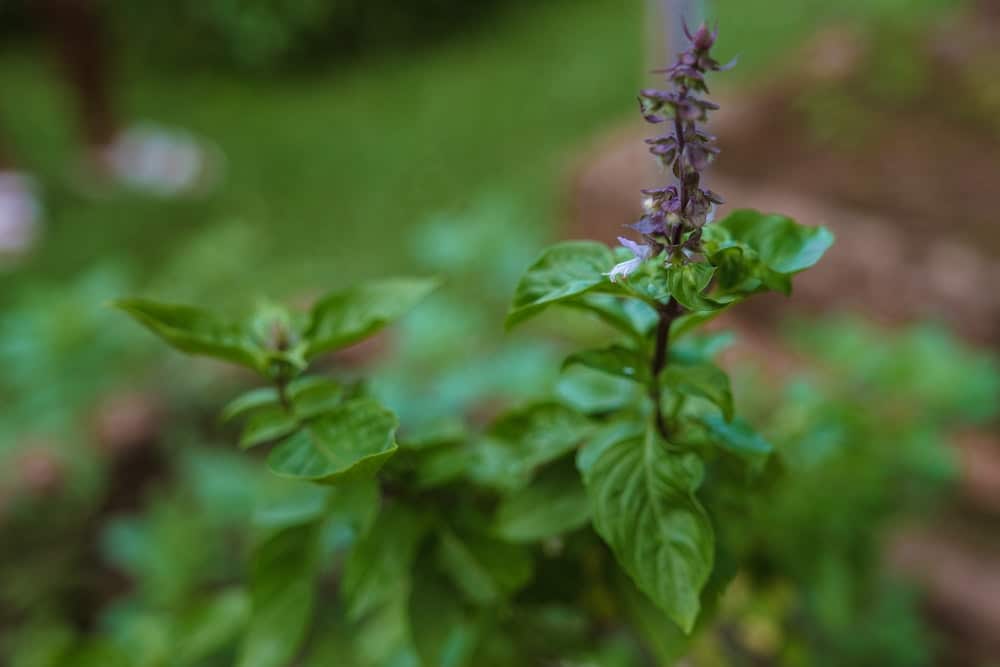How Can You Design a Kitchen to Facilitate Easy Recycling and Composting?

Given the growing concerns around environmental conservation, more homeowners are seeking ways to incorporate sustainable practices into their daily routines. As part of this movement, you have probably considered recycling or composting to reduce the amount of waste you produce. However, the lack of adequate space or a suitable design in your kitchen might discourage you from implementing these practices. But did you know that with a few tricks and the right products, you can design a kitchen that facilitates easy recycling and composting? Let’s delve into how you can transform your kitchen to become more eco-friendly.
Understanding the Importance of Recycling and Composting
Before we venture into the design aspects, it’s crucial to understand the significance of recycling and composting. Each year, huge amounts of waste are generated, with much of it ending up in landfills. A significant portion of this waste comprises kitchen scraps and other organic materials that could be composted or recycled.
Cela peut vous intéresser : What Are the Best Non-Slip Flooring Options for an Indoor Swimming Area?
When you engage in composting, you’re not just reducing waste; you’re also creating nutrient-rich soil that can be used in your garden. Further, compost is a natural soil conditioner that improves its structure and ability to hold water. On the other hand, recycling helps to conserve resources, save energy, and decrease pollution.
Both recycling and composting play a crucial role in waste reduction. But to make them part of your routine, you need a kitchen design that complements these practices.
En parallèle : What’s the Best Way to Use LED Lighting in a Home Art Studio?
Incorporating Recycling Bins into Your Kitchen Design
To start with, your kitchen should have designated storage spaces for recyclables. Ideally, these spaces should be easily accessible to facilitate the sorting and storing of recyclable materials such as plastic, glass, and paper.
An effective way of incorporating recycling bins into your kitchen layout is by integrating them into your cabinetry. Custom pull-out drawers can be designed to hold various recycling bins, making it easier for you to sort your waste. Alternatively, you can dedicate a specific cabinet for your recycling bins.
For smaller kitchens with limited cabinet space, stackable recycling bins offer a practical solution. These products come in different sizes and colors, allowing you to conveniently sort your waste without taking up too much room.
When choosing recycling bins, consider bins with lids to prevent any unpleasant odors and to maintain the overall cleanliness of your kitchen.
Designing Your Kitchen for Composting
Similar to recycling, composting requires designated storage space for organic materials, including fruit peels, vegetable scraps, coffee grounds, and eggshells. However, unlike recyclable waste, composting waste decomposes over time, potentially causing odors and attracting pests.
To prevent these issues, you can use a countertop compost bin with a tightly fitting lid and a carbon filter to absorb odors. Such bins are small and aesthetically pleasing, making them an ideal choice for many kitchen designs.
If countertop space is limited, you can opt for an under-sink compost bin. This type of bin can be conveniently hidden behind cabinet doors and is large enough to hold several days’ worth of kitchen scraps.
Alternatively, you can design a pull-out cabinet or drawer specifically for composting. Some of these designs come with built-in cutting boards, allowing you to scrape your scraps directly into the bin.
Creating a Compost Pile Outside Your Kitchen
Now that your kitchen is equipped for composting, the next step is to establish a compost pile outside. The compost pile is where your kitchen scraps will eventually become nutrient-rich soil.
Select a space in your yard that is easily accessible from your kitchen. The space should be well-drained and partially shaded to facilitate the composting process.
To start your compost pile, you will need a compost bin or a simple pile on the ground. You can opt for a compost bin made from recycled plastic or a wooden compost bin for a more natural look. The bin should be large enough to hold all your composting materials but small enough to turn the contents easily.
When adding kitchen scraps to your compost pile, ensure they are covered with brown materials such as leaves, paper, or cardboard to reduce odors and deter pests.
Using Eco-Friendly Products and Materials
Lastly, consider using eco-friendly products and materials when redesigning your kitchen. For instance, opt for cabinets made from sustainable materials such as bamboo. Choose countertops made from recycled materials and consider energy-efficient appliances to further reduce your ecological footprint.
When it comes to products for recycling and composting, opt for those made from recycled materials or those that are biodegradable. This will help you to further reduce your environmental impact, making your kitchen even more eco-friendly.
By following these steps, you’ll not only transform your kitchen into a space that encourages recycling and composting; you’ll also play a substantial role in preserving the environment for future generations. So, take the leap and start designing your eco-friendly kitchen today.
Creating a Green Routine
Having designed your kitchen for effective and efficient recycling and composting, it’s essential to develop a routine that can integrate this new habit seamlessly into your daily life. More than just physical design, successful waste management requires consistency and commitment.
Start by sorting your waste by type as you cook. Place food scraps directly into the compost bin and other recyclables into the appropriate recycling bins. Educate all members of the household on the importance of sorting waste as it helps in better waste management and consequently, contributes to a reduction in greenhouse gas emissions.
It’s also important to regularly empty your compost bin and recycling bins to maintain cleanliness in your kitchen and prevent odor build-up. For composting, you can establish a schedule depending on how quickly your compost bin fills up. Once full, transfer the contents to your compost pile. Make it a habit to cover your kitchen waste with brown materials such as leaves, paper, or cardboard to help speed up the composting process, reduce odors, and deter pests.
For recycling, set a day of the week for taking out your recyclables. This helps to ensure that your recycling bins do not overflow, maintaining the tidiness of your kitchen.
Moreover, remember that not all kitchen waste is compostable or recyclable. Be sure to educate yourself and your household on what can be composted and recycled to avoid contamination of your compost pile and recycling bins.
Conclusion
Designing a kitchen that facilitates easy recycling and composting is a significant step towards more sustainable living. Not only does it help reduce the amount of waste sent to landfills, but it also turns your kitchen waste into useful, nutrient-rich soil for your garden.
This process, however, requires more than just a functional kitchen design. It also involves developing a consistent routine and a commitment to responsible waste management. By integrating these practices into your everyday life, you are not only making your kitchen more eco-friendly, but you are also playing an active role in preserving the environment for future generations.
So, whether you’re planning a kitchen renovation or looking for ways to make your current kitchen more sustainable, consider the tips shared in this article. Remember, every small action contributes to a larger impact. Start today, and make your kitchen a model for eco-friendly living.
